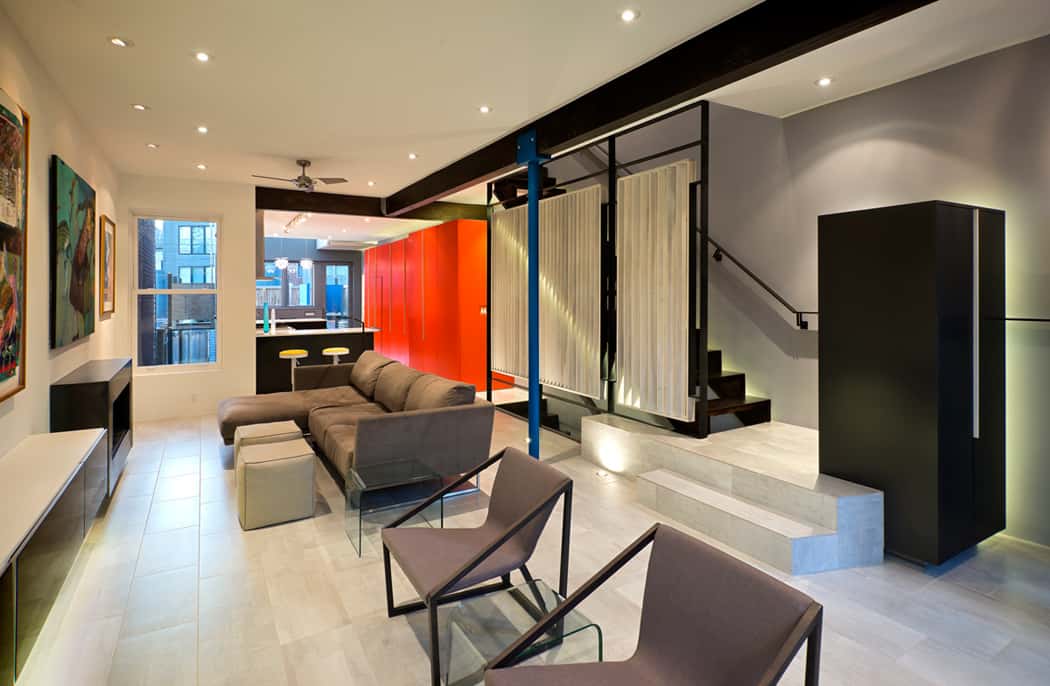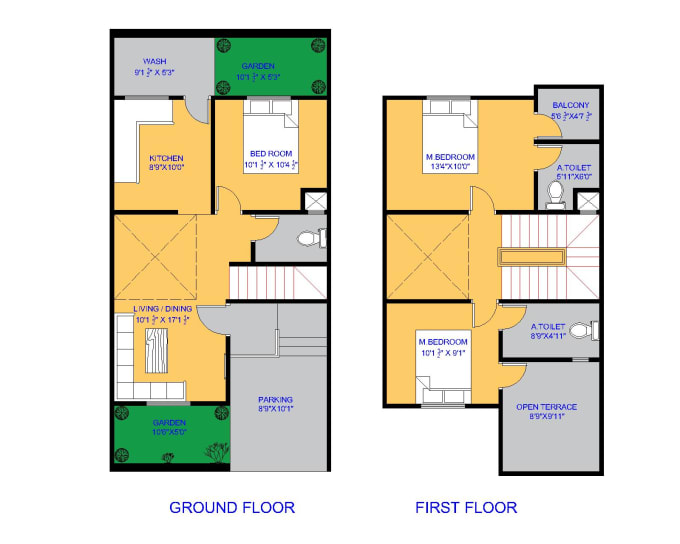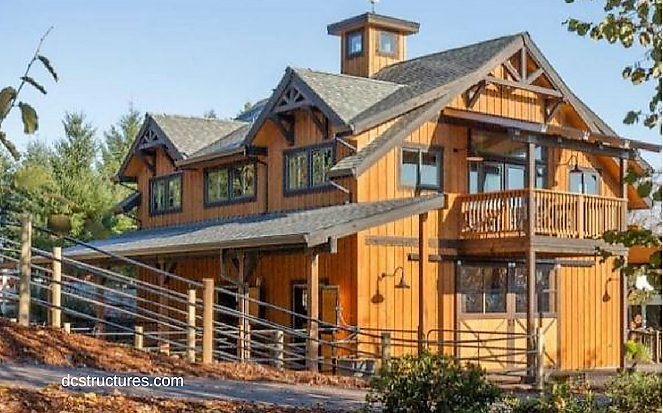Table Of Content

The move follows the rise in the nil-rate band at which Stamp Duty is payable in England and Northern Ireland from £125,000 to £250,000, announced in last Friday’s mini-Budget. As part of last week’s mini-budget, Kwasi Kwarteng, the Chancellor of the Exchequer, announced an extension from £125,000 to £250,000 for the Stamp Duty nil-rate band as applied to properties in England and Northern Ireland. The UK’s largest building society said that the cost of an average home in the UK is now £272,259. Profits for the year to date stand at £4 billion after tax, down from £5.4 billion after tax for the first nine months of 2021. The numbers of people looking for properties to rent rather than buy are up sharply, according to new research. Since the beginning of November almost £7,000 has been wiped off the value of a typical UK property, which now stands at £285,579.
Demand Surges As Home Buyers Flood Back To Cities
On average, these buyers expect to delay their purchase almost two years, while 19% said they would delay by at least three years. “Anyone paying their lender’s standard variable rate (SVR), or on any mortgage deal that’s linked to the Bank rate, will have to absorb an almost immediate impact in the cost of their monthly payments. “It’s the same story in the US, which – just yesterday – saw the Federal Reserve increase rates from 0.5% to 1% in the wake of the highest inflation the country has seen in 40 years. However, borrowing costs were higher back then, says Mr Gardner, with Bank Rate at 4%, compared to 1% currently.
August: Steep Fall In Property Inflation Rate But Average Price Still £20,000 Up On June 2021
At country level, the ONS said Scotland, at 16.9%, recorded the largest annual house price growth in the year to August 2021. The property portal’s house price index showed that the average asking price of properties coming to market stood at £340,167 this month. This was £2,234 lower than November’s average, which itself was 0.6% down compared with the figure recorded a month earlier. Wales recorded the highest regional annual rate of house price growth for the tenth month in a row, up 11.3% to December. Bringing up the rear was London with growth of 2.6% over the same 12-month period. Property prices in January continued to rise, but the rate of growth is slowing according to the latest house price index from Halifax.
December: High Borrowing Costs Deter Potential Buyers
Rightmove said the last time this figure was exceeded was when it reached 8.3% in May 2016. The latest increase contributed to an overall rise in the annual growth rate for average house prices of 10.4% to March 2022, its highest level in nearly eight years. In terms of regional variations, England experienced an annual increase of 11.9% compared to 16.2% for both Wales and Scotland. However, average house prices remain higher in England at £299,249 compared to £211,990 in Wales and £187,954 in Scotland. That’s because, between the start of 2020 and the first quarter of 2022, average house prices rose by 16.8% compared to a 2.7% average growth in income, the research found. There are further signs of a bounce back in London, with the rate of annual house price inflation rising to 8.8% in August, marking its highest level in more than six years.
Most Expensive Homes for Sale in the US Right Now Listed by Redfin
This keeps each unit separated, providing privacy to its residents while still allowing builders to fit as many units as possible in a single block of land. The HardiePanel siding on the adjacent 100K and 120K houses is a dramatic break from East Kensington’s mostly brick facades. The simple, well insulated box and the absence of a third floor keep each house affordable, sustainable, and within the reach of young families.
What Is a Rowhouse and Types of Row Houses?
Higher interest rates have pushed up the cost of borrowing which is deterring buyers from the housing market. Although there has been a rise in the number of new properties coming onto the market, with a 12% increase in the first week of September compared to the average weekly number in August, Rightmove reports sales are sluggish. Rightmove says the 0.4% monthly rise (£1,386 in real terms, taking average asking prices across the country to £366,281) is lower than usual for the time of year. The rate of change was down 5.4% (average prices now £202,065), from a fall of just 1.4% in the second quarter of the year. Only four out of the 11 regions monitored by Rightmove are showing an annual house price increase in the year to October. Asking prices of homes coming to market increased by just 0.5% in October to an average nationally of £368,231, according to data from Rightmove.
10 Years Strong: Row House Commemorates Decade of Success with Month Long Celebration in April - Yahoo Finance
10 Years Strong: Row House Commemorates Decade of Success with Month Long Celebration in April.
Posted: Fri, 05 Apr 2024 07:00:00 GMT [source]
October: Prices Down Three Months Running – Halifax
Last week, in a move aimed at heading off soaring inflation levels, the Bank of England (BoE) hiked the Bank rate to 2.25%, the seventh consecutive rise since December 2021. The price of a typical property nudged back -0.1% to £293,835 from Halifax’s record high average of £293,992 in August. With stretched budgets and a preference for living in city centres, the demand for typically cheaper studio flats has grown by 71% compared to last year, says Rightmove.
What Are the Disadvantages of Row Housing?
For example, Northern Ireland saw prices up 4.5% over the year, while Scotland also recorded a modest annual increase of 0.5%. A turn of fortunes for London and the East of England has seen these regions leading the New Year rebound in buyer demand, according to Zoopla. Most other areas recorded below-average increases in demand, typically rising in line with last year or only ahead by single digits. One fifth of vendors are being forced to accept more than 10% below their asking price to secure a sale, and that rises closer to around one quarter of all sellers in the south of England. This bounce is likely due to pent-up demand among potential buyers, combined with falling mortgage rates since the end of last year, which have improved affordability. Research on the first-time buyer market by Halifax, also out today, shows the average first-time buyer deposit is now at £53,414.

You can use our interactive rates calculator to find deals for your exact requirements. The picture for parents seeking accommodation for their student offspring is complicated by the fact that standard buy-to-let mortgages exclude tenancies involving close relatives. This is because of the expectation that the landlord will not charge a realistic amount of rent or will be more forgiving on any non-payments. Additionally, the interest charged may be higher than for normal residential mortgages because of the risks involved. He added that the ‘full house’ is an ‘extremely rare’ event, seen for the last time since March 2007. The provisional number of residential property transactions (seasonally adjusted) in October 2021 stood at 76,930, which is a staggering 52% less than September, and 28.2% lower than October last year.
The reductions haven’t just been reserved for new buyers though – remortgagers can also get the 0.87% rate on a two-year fix at 60% LTV – again for a fee of £1,499. HMRC said August’s figure was also 20% higher than the one recorded for the corresponding month in 2020. It estimated the provisional, non-seasonally adjusted figure for UK residential transactions in August 2021 at 106,150. Having removed a full-blown stamp duty holiday from England and Northern Ireland at the end of June, the UK government withdraws its remaining framework of tapered stamp duty reliefs at the end of this month. The ONS also said that hospitality workers were the most likely to be furloughed during the pandemic. As a result, tourist hotspots were among the areas with the highest average furlough rates during this period.
This represents the lowest monthly growth rate recorded by the property portal since December 2019. Despite a cooling market – with buyer demand down 7% compared to June 2021 – the relentless price increases are largely being underpinned by record low volumes of homes for sale. Despite increasing economic headwinds, characterised by soaring inflation and rising interest rates, combined with a cost-of-living squeeze, Zoopla said that the housing market had remained resilient.
Average UK property prices fell by 0.7% in December 2021, the second slight dip in consecutive months according to the latest data from Rightmove. Zoopla said buyer demand shaped the UK property market in 2021, with levels running on average nearly 16% higher than last year. Levels are currently running highest in the East Midlands, West Midlands and Yorkshire where the figures are up by 42%, 35% and 28% respectively on 2020. Northern Ireland recorded annual price growth of 12.1%, while Scotland, with 10.1%, was in line with the average UK figure. The property portal’s house price index showed that average asking prices grew by 0.3% month-on-month, to stand at £341,019 in January 2022.


No comments:
Post a Comment